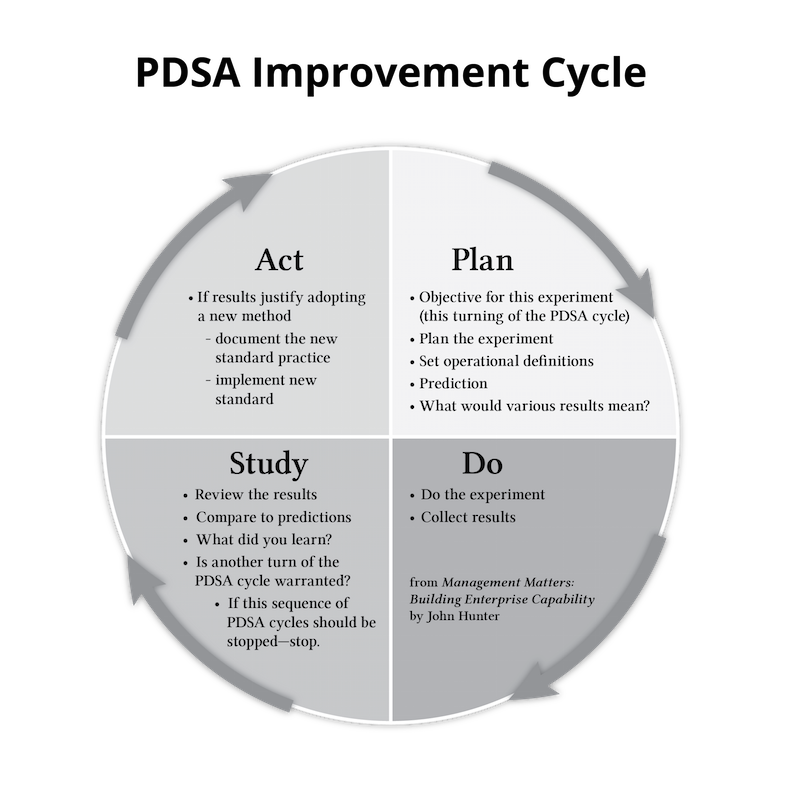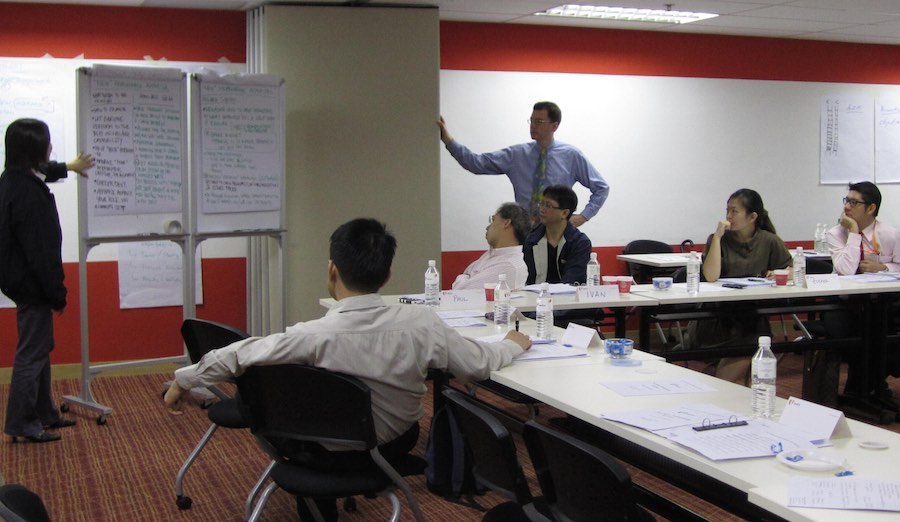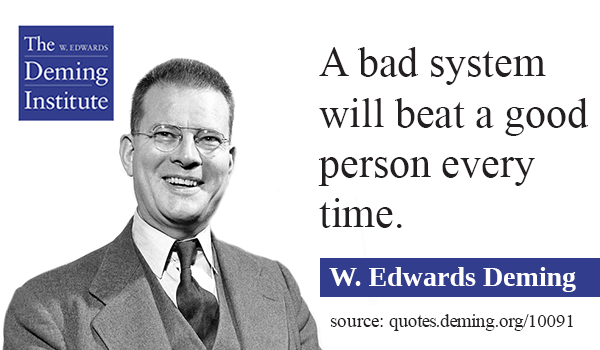Technological innovation brings great opportunity for improving results and our quality of life. But transforming potential benefits into real results comes with many challenges.
ASQ has asked their Influential Voices to explore the idea of the fourth industrial revolution: “this new era is founded on the practical use of technological innovations like artificial intelligence, big data, robotics, and the Internet of Things (IoT).”
For many years GMs huge investment in robotics in the 1980s ($billions) has been an example of how pinning hopes on technology often doesn’t produce the desired results. I think that a capable management system is needed to make technological innovation as successful as it needs to be.
In this decade we are finally reaching the point where robotics is really making incredible strides. Robotics has provided huge benefits for decades, when used appropriately, but the ease of use and benefits from robotics have greatly increased recently.
I think robotics is going to be an incredibly powerful source of benefits to society in the next 20 years. Amazon is very well placed to profit in this area. Several other companies (Toyota, Boston Dynamics*, Honda, SoftBank…) are likely to join them (though which will be the biggest winners and which will stumble is not obvious)

Photo by John Hunter of Cliff Palace (built in the 1190s), Mesa Verde National Park.
I am less confident in the Internet of Things. It seems to me that much of the IoT effort currently is flailing around in ways similar to GMs approach to robotics in the 1980s and 1990s. There is huge potential for IoT but the architecture of those solutions and the impact of that architecture on security (and fragile software that creates many more problems than it solves) is not being approached wisely in my opinion. IoT efforts should focus on delivering robust solutions in the areas where there is a clear benefit to adopting IoT solutions. And that needs to be done with an understanding of security and the lifecycle of the devices and businesses.
I think it will be much wiser to have an internet hub in the business or home that has all IoT traffic route through it in a very clear and visible way. Users need clear ways to know what the IoT is trying to do and to have control to determine what is and what is not sent out from their system. Having devices that share information in a non-transparent way is not wise. This is especially when those devices have cameras or microphones.







